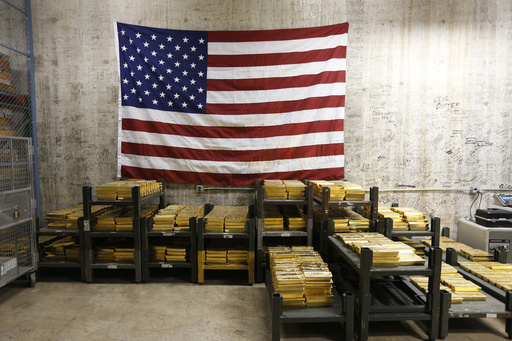A surge in gold prices has set a new record high this week, with the spot price closing above $2,514, as reported by FactSet data. This marks the highest closing price ever seen for the precious metal. To put it in perspective, an ounce of gold currently costs just over $2,514, which would value a 400-ounce gold bar at over $1 million today.
The spike in gold prices can be attributed to various factors that drive up demand. In times of uncertainty, such as concerns over inflation and the stability of the U.S. dollar, investors often turn to gold as a safe haven for their assets. The ongoing geopolitical tensions, including conflicts in Ukraine and Gaza, alongside the upcoming U.S. elections, add further complexity to the economic landscape, prompting investors to seek the stability of gold.
In addition to market dynamics, the future path of gold prices may also be influenced by upcoming economic events. The Federal Reserve is expected to lower its benchmark interest rates next month, aligning with a decrease in inflation rates. However, the state of the job market remains a concern, with future rate cuts hinging on employment data. Federal Reserve Chair Jerome Powell’s speech in Jackson Hole, Wyoming, later this week is anticipated to offer insights into the Fed’s upcoming monetary policy decisions.
While gold is often viewed as a safe investment choice to diversify a portfolio and hedge against risks, not everyone agrees on its merits. Critics argue that gold may not always effectively safeguard against inflation and suggest alternative investment strategies. The Commodity Futures Trade Commission cautions investors on the volatility of precious metal markets, advising vigilance against potential scams and counterfeit products.
Ultimately, the decision to invest in gold should be made after careful consideration and understanding of the market. Education on safe trading practices is key, as is awareness of the risks associated with investing in precious metals.


